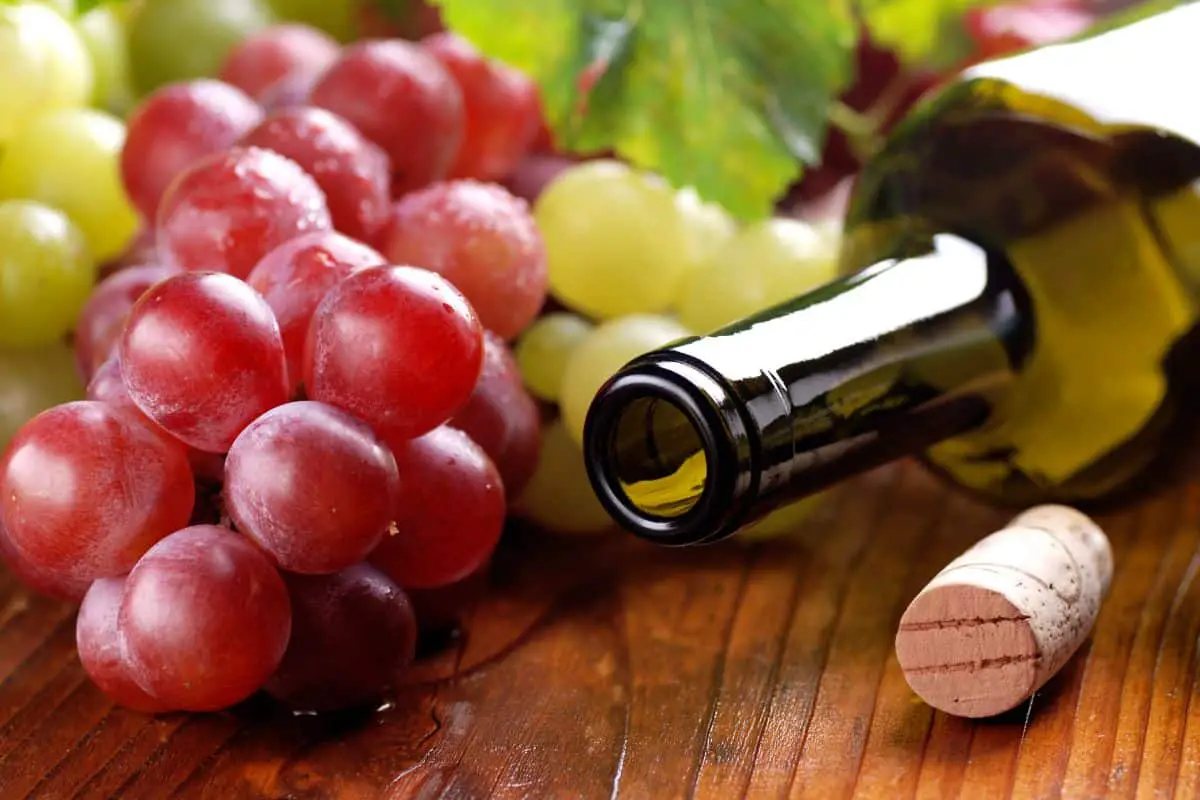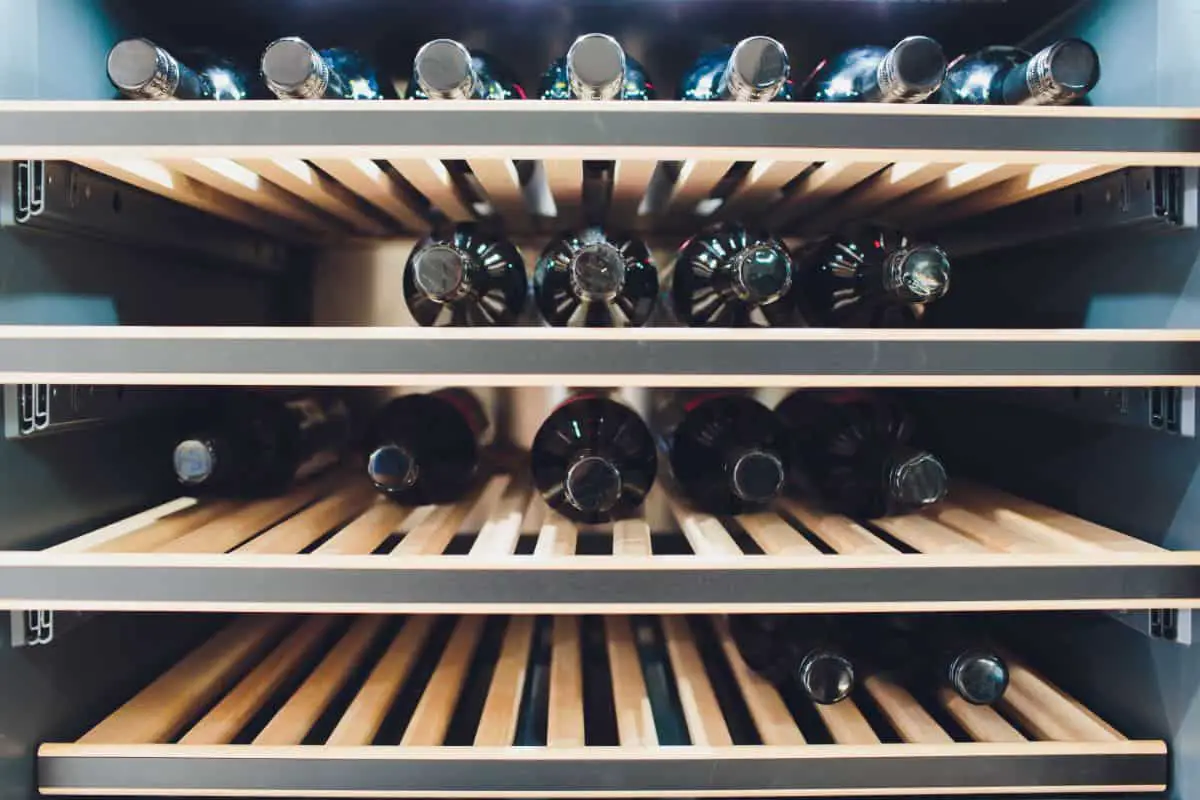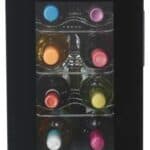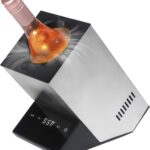If you’re a big fan of wines, you may have tried the whole range.
From a crisp white wine with a fish dinner, to a rich and full red wine with some roast beef, or maybe even a glass of rosé on its own to relax – you might think you’ve tried all there is, especially when you try the variations within these.

However, a variation that you may have heard coming up again and again is “Riesling”, but you may not know much more about it than the name.
So, you have questions. For example, you might wonder if Riesling is sweet? Well, we’ve got the answers for you.
In our handy guide below, you’ll find out whether riesling is sweet, as well as what exactly a Riesling is and what regions produce the best ones. Read on!
Is Riesling Sweet?
To begin with, let’s answer the key question. The answer is yes, but also no.
Basically, a Riesling can be either sweet or dry, and it all depends on the type that you are buying.
Some Rieslings will be very sweet and especially produced to be dessert wines, for understandable reasons.
However, on the other hand, other Rieslings will be very dry, and will suit some very savory meals.
On top of that, other Rieslings will cover all the ground in between those two very different ends of the spectrum, with blends of sweetness and dryness.
Why might people assume that Rieslings are automatically sweet?
Well, the confusion may have been caused by the fact that many of the popular Rieslings produced in Germany are sweet, and many of the cheaper ones from the country became very popular and plentiful overseas.
These sweet German Rieslings are usually produced in the cooler regions of the country, such as Rheingau (which even sounds similar) and Mosel.
However, Germany does also produce Dry Rieslings, which they call “Trocken wines”.
These have become more popular in recent times, and should help to get rid of the common misunderstanding that all Rieslings are sweet.
Rieslings that come from the German regions we mentioned earlier are actually naturally high in their acidity, which will be good for a dry wine.
In terms of the sweet Rieslings, however, the acidity helps them, but does need to be countered.
What Is A Riesling?
Now that we’ve answered the key question, it’s a good idea to actually look at what a Riesling is.
You will have been able to tell by now that it’s a type of wine, and you know that it can be either sweet or dry, but you may not know how it gets its name.
Basically, Rieslings is the name of a type of white grape, which originally came from the Rhine region, but is now obviously found in other countries.
The grape has a dominant aroma to it, which smells almost like perfume and is very flowery.
On top of that, Rieslings grapes are high in acidity, which we hinted at earlier.
This grape is used to produce the wine of the same name, which has many aromatic notes to it.
These include peach and pear, as well as apricot and lime, which give the whole thing a very fruity and fresh feel.
With other varieties, you might get hints of pineapple and stone fruits instead, as well as honey and beeswax – it all depends on where the grapes have been grown.
If the wine is left to age, there will also be a smokiness that comes to it, as well as a hint note of petrol.
Identifying The Type Of Riesling
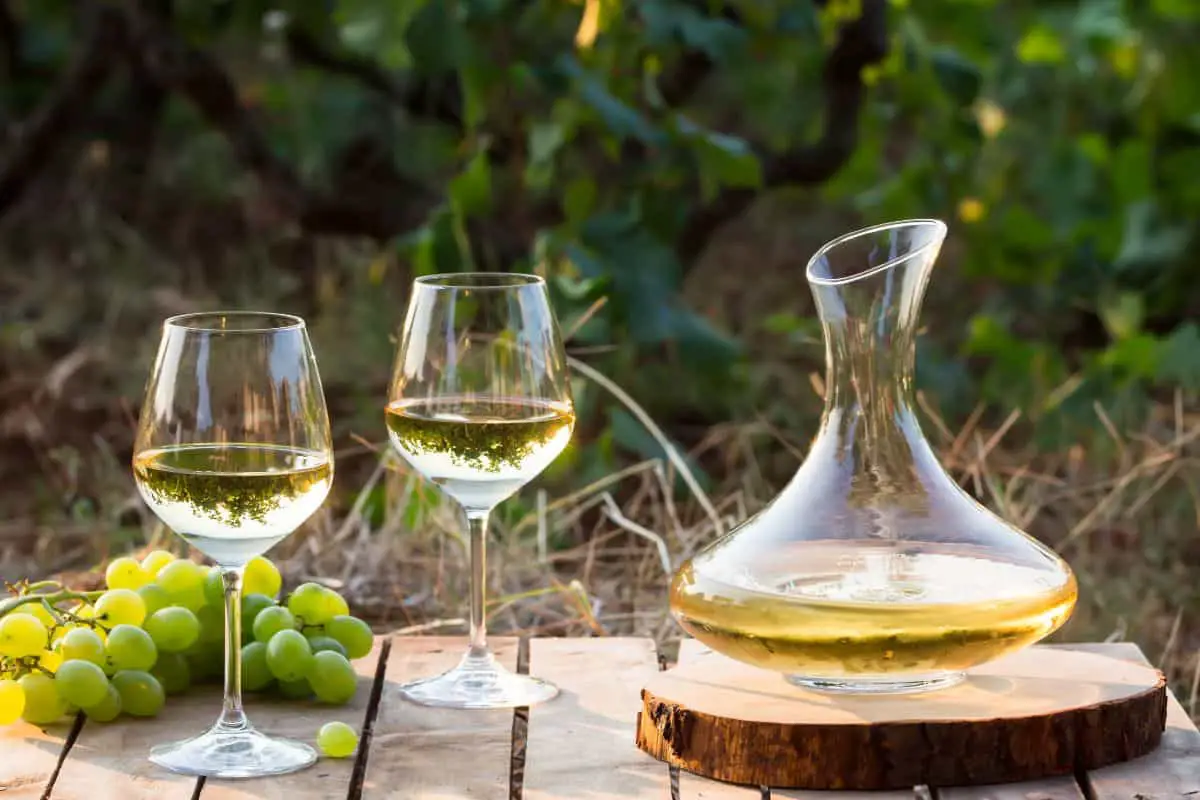
If you want to buy a Riesling wine, then there’s lots to choose from. German produced Rieslings are split into two distinct groups.
The first is Qualitätswein, which comes in three different sub-categories.
These are trocken Rieslings (dry), halbtrocken (off-dry, which is semi-dry between dry and sweet) and süss (sweet).
All of these Qualitätswein Rieslings come from one of Germany’s 13 wine-growing areas.
The second main group for Rieslings is Prädikatsweine, which are better than the Qualitätswein variations.
However, the Prädikatsweine themselves are split into six other sub-groups, categorized by their ripeness. These are:
Beerenauslese
Wines made from overripe grapes that are picked out individually.
Many of these wines are subjected to noble rot, which is exactly as it sounds – a rot that’s good!
Basically, the grapes are deliberately allowed to have a gray mold grow on them. These are only made into sweet wines.
Eiswein
Wines made from grapes that have reached the same sugar content as the Beerenauslese above, though they have been frozen while they’re attached to the vine.
On top of that, the solid frozen grapes are then pressed.
Spätlese
Wines made from grapes that are ripe and have been picked out days after the normal harvest period.
These can be used for wines that have medium sweetness.
Trockenbeerenauslese
From the “trocken” prefix in the name, you might think that this is a dry version of the beerenauslese, but these are actually still sweet wines for dessert.
Quite rare to get, they are made from botrytized grapes that have had noble rot allowed to them.
Botrytized refers to dessert wines whose sugar has come from the grape juice being fermented and affected by a fungus called Botrytis.
Kabinett
Wines made from grapes that have been ripened completely. These are the lightest of all Prädikatsweine, and are dry or medium-sweet.
Auslese
Wines made from grapes that are very ripened, and have been carefully chosen.
These wines will usually be dry, but can also be semi-sweet or sweet.
Final Thoughts
Riesling is commonly just thought of as a sweet wine, but it also comes in dry and semi-dry – and everything in between!
Make sure to check the label to find out your variation.
- How to Learn Wine Tasting: Essentials for Beginners - March 10, 2024
- How to Learn to Like Wine: Cultivating an Appreciation for the Vintner’s Art - March 10, 2024
- Thanksgiving Sangria: A Flavorful Twist to Your Holiday Table - August 27, 2023

